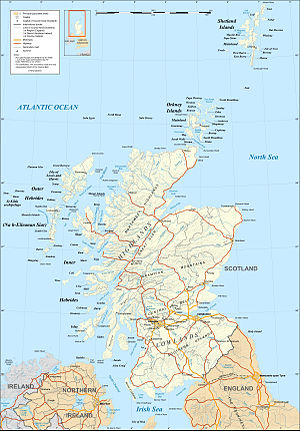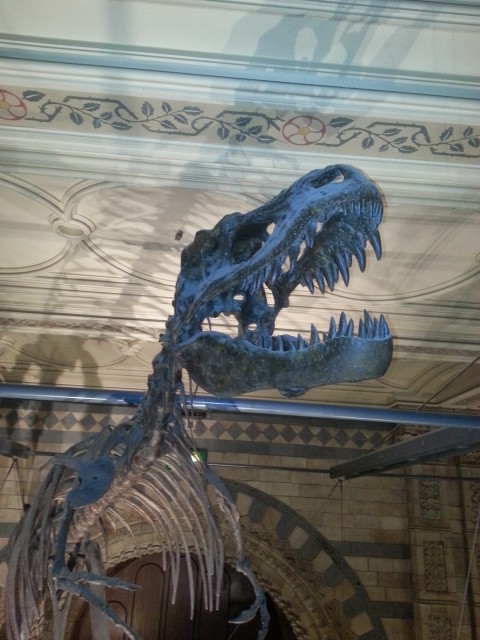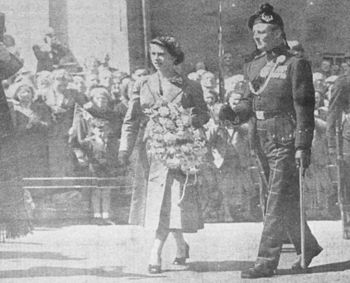This is a short article about the advance of the 51st Highland Division in Tunisia in the follow up from El Alamein. I wrote this to be played as a tabletop wargame using Command Decision.
Ground
The coast road between Homs & Corradini in Tunisia. On the right (from the perspective of the British advance) is the sea. The coast road lies a few miles inland at places. There is a steep coastal ridge on the left flank of the battle area with desert to the south. Within all this there are a large number of steep sided, but small, wadis running from the hills to the sea. There are also one or two significant hills that sit astride or on the road.
To quote Captain J.A.F. Watt (OC B Company 5th Seaforths). “At the Assembly Area we met the CO. We were to attack two sharp conical hills we could see faintly outlined against the sky two or three thousand yards away. One of them was farther away than the other and to the left as we looked at them.â€
“From what we could make of the maps and what little we could see of the country, it seemed as though the road ran past the right of our objectives. This assumption proved to be wrong. The road in fact curved sharply to the left across the line of our advance, then right again between the hills.†On the right flank a deep wadi blocked the advance of A Company.
Situation
Elements of the German 90th Light Division are dug in forward of two conical hills on either side of the main road 3 miles short of Corradini. Broken ground & wadis lie to their front.
The previous evening 51st Highland Division had been delayed at another hill with a fort atop it (named Edinburgh Castle) on the road between Homs & Corradini. The initial attack failed but an outflanking movement caused the Germans to withdraw well before dark. The initial failure had earned the Divisional Commander a ‘rocket’ from Montgomery and therefore inspired him to issue orders to his subordinates to speed up the rate of advance.
The British are in two main groups. One group (154 Brigade) is marching on foot along the coast to outflank the enemy near Corradini. The second group (spearheaded by Hammerforce) is moving up the main road from Homs to Corradini.
Hammerforce
Commanded by Brigadier Richards (23rd Armoured Brigade).
A Company, 2 Seaforths
A Company, 1/7 Middlesex (MG)
Tank Squadron, 40 RTR
2 Troops, 61 AT Regiment
25lber Battery
5 Seaforths with 40 RTR (Valentines) make assault from 3000 yards (60″). 1 bty 25-pdrs in direct support. The tanks have serious problems moving from the start line because of the terrain.
154 Brigade
Commander – Brigadier Stirling
7th Bn Argyll & Sutherland Highlanders
2nd Bn Seaforth Highlanders
7th Bn Black Watch
Tank Squadron, 40 RTR
25lber Battery, 126 Field Regiment RA
90th Light Division
A mixed battlegroup. No detailed information available, although the British histories report the following, which suggests depleted Regimental strength:
– Germans have MGs & mortars.
– 3 MGs dug in on one hill (Weapons Stand)
– counter attack by infantry & half-track (only 1 – so no model)
– retreat in captured British vehicles with several AT guns and a tank
– heavy 210mm guns
– many 88 mm AT guns (2 stands)
– 12 dual-purpose 20mm guns (3 stands)
– many mortars
– 260 prisoners & 10 guns captured
Like this:
Like Loading...
 Lance Corporal William Kemp of the 2nd Scottish Rifles was killed in action one hundred years ago.
Lance Corporal William Kemp of the 2nd Scottish Rifles was killed in action one hundred years ago.





















